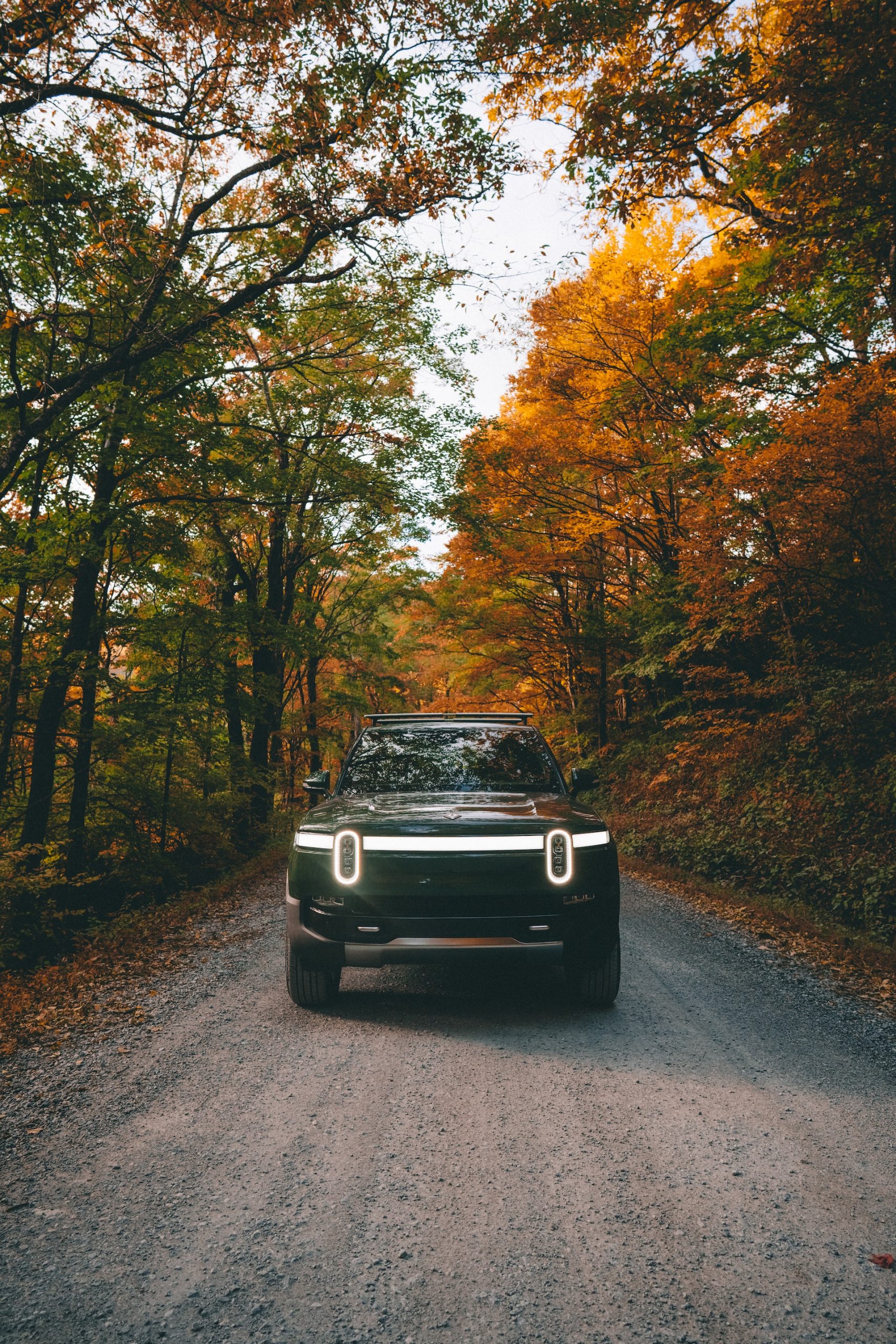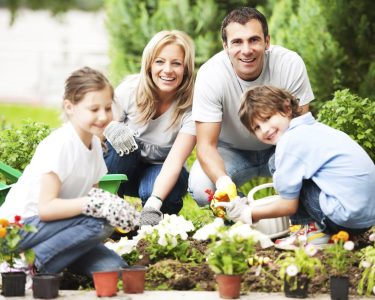Are you looking to add some greenery and life to your outdoor space? Container gardening may be the perfect solution for you! Not only is it a great way to incorporate plants into small spaces, but it also allows for endless creativity in design. With the right tips and ideas, designing your own container garden can transform any dull outdoor area into a stunning oasis. In this blog post, we’ll cover everything from basic container gardening knowledge to unique design inspiration and maintenance tips. Let’s get started on creating your very own beautiful and flourishing container garden!
Container Gardening Basics
Container gardening is a great way to bring some life and color into any outdoor space. First, it’s important to choose the right type of container for your plants. Most containers are made out of plastic or clay, but you can also get creative with recycled items such as old buckets or even shoes! Be sure that whatever container you use has proper drainage holes.
Next, choose the right soil for your plants. It’s best to use a high-quality potting mix rather than regular garden soil because it allows for better water drainage and aeration while still retaining moisture.
When it comes to watering your container garden, be mindful of how much and how often you’re watering each plant. Generally speaking, most container gardens require daily watering during hot summer months.
Make sure your plants are getting enough sunlight – at least six hours per day for most flowers and vegetables. With these basic tips in mind, anyone can start their own beautiful container garden!
Container Garden Design Tips
When it comes to designing your container garden, there are a few key tips to keep in mind. First and foremost, consider the style you want to achieve. Do you prefer a modern look or something more rustic? Your plant choices can greatly impact the overall design.
Another important consideration is color. Think about how different hues will work together in your space. For example, if you have brightly colored walls or furniture, you may want to choose plants with more muted tones so as not to overwhelm the eye.
Texture is also an essential factor in container garden design. Mixing plants with varying leaf shapes and sizes can add depth and interest to your arrangement. Consider using trailing vines or tall grasses for added dimension.
Don’t forget about height! Using containers of different heights can create visual interest and draw the eye upward. Additionally, stacking pots on top of each other or placing them at varying levels can give your garden a unique look.
Don’t be afraid to play around with patterns and shapes when arranging your containers. Grouping similar pots together or creating a symmetrical layout can create a cohesive look that ties everything together nicely.
What to Plant in Your Container Garden
When it comes to container gardening, the possibilities are endless. You can grow almost anything in a container garden, from herbs and vegetables to flowers and shrubs. But with so many options available, choosing what to plant in your container garden can be overwhelming.
Firstly, consider the size of your containers before selecting plants. Smaller containers may restrict you from planting large plants or trees that require more space for growth while larger containers provide room for bigger plants.
Secondly, take into account your local climate and weather conditions as different plants thrive in different environments. Also remember to choose plants that have similar light requirements if they will be planted together.
For edible container gardens, herbs such as basil and mint are easy to grow and add fresh flavors to meals. Tomatoes also do well in containers when supported by stakes or cages.
If you prefer colorful blooms in your container garden, petunias and marigolds bring vibrant hues all summer long while succulents offer unique textures with minimal maintenance required.
Ultimately, select plants that fit both your personal taste as well as the environment they will live in for a stunning addition to any outdoor space.
Creative Container Garden Ideas
Container gardening doesn’t have to be boring! In fact, there are endless possibilities when it comes to creative container garden ideas. Here are a few unique examples to get your imagination flowing:
First up is the tiered container garden. This involves stacking containers of varying sizes and depths on top of one another, creating a visually stunning vertical display that’s perfect for small spaces.
Another idea is to repurpose non-traditional items as planters. For example, an old wheelbarrow or bathtub can add some rustic charm to your garden while serving as a practical planting space.
If you’re feeling particularly adventurous, try incorporating water features into your container garden design. A fountain or pond can make for a serene and peaceful atmosphere in any outdoor space.
For those with limited sunlight available, consider creating an indoor herb garden using hanging baskets or wall-mounted planters. Not only will this add some greenery to your kitchen decor, but you’ll also have fresh herbs on hand for all your culinary creations.
Don’t forget about the power of color! Experiment with different combinations of flowers and foliage in bold hues like purple and orange – not only will these plants look beautiful together, but they’ll also attract pollinators like bees and butterflies.
The possibilities truly are endless when it comes to creative container gardening ideas – so why not let your creativity run wild?
Caring for Your Container Garden
Caring for your container garden is essential to keep it healthy, vibrant, and blooming throughout the growing season. Here are some tips to help you take care of your plants and keep them thriving.
Firstly, watering your container garden regularly is crucial. Depending on the type of plant and size of the container, they may need water every day or every other day. Ensure that you water deeply enough so that the soil is moist all the way through but not soggy.
Secondly, fertilizing your plants will provide them with essential nutrients required for growth and development. You can use organic or synthetic fertilizers depending on your preferences.
Thirdly, deadheading spent blooms encourages new flower production by redirecting energy from seed production to new growth. Pinching back leggy stems also helps promote bushier foliage.
Fourthly, pest control is vital in keeping a healthy container garden. Regular monitoring of pests such as aphids and spider mites will enable early detection before an infestation occurs.
Proper pruning ensures that your plants grow well without overcrowding each other within their containers. Prune any dead or damaged leaves as soon as possible so they don’t spread disease amongst neighboring plants.
Conclusion
Designing a container garden can be an enjoyable and rewarding experience that allows you to create a stunning outdoor space. By following the basics of container gardening, utilizing design tips, selecting appropriate plants for your environment, and incorporating creative ideas into your garden design, you can achieve beautiful results.
Remember to care for your container garden by providing adequate water, nutrients, and sunlight. Regular maintenance such as pruning or deadheading will ensure that your plants remain healthy and vibrant.
Whether you have limited outdoor space or simply want to add some greenery to your existing landscape design, a container garden offers endless possibilities for creativity and self-expression. So get out there and start designing! Your gorgeous new container garden awaits!




